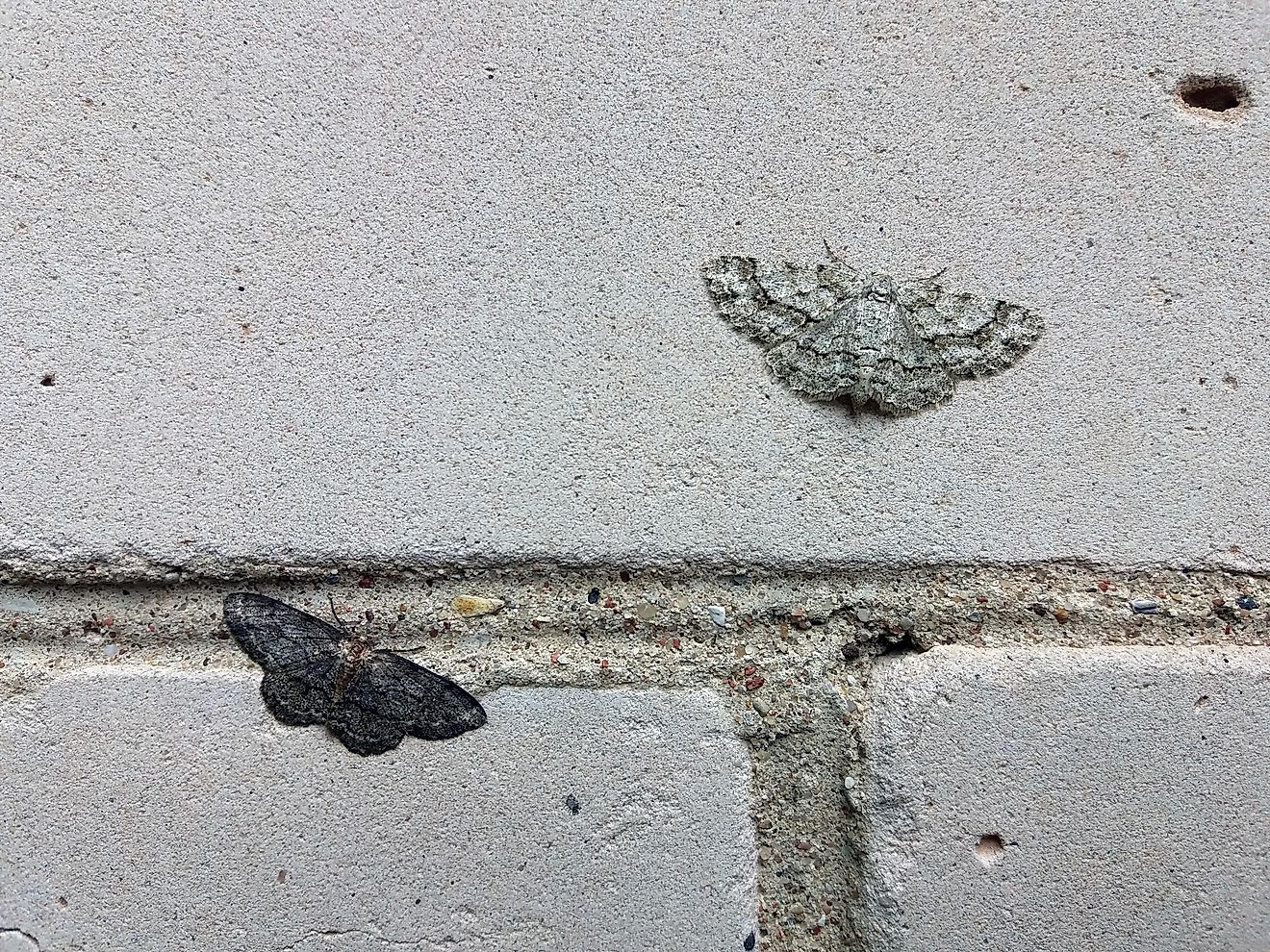What Is Natural Selection?

Natural selection is a process where organisms with favorable traits are more likely to reproduce and survive. The concept of natural selection was theorized by English naturalist and biologist known as Charles Darwin. Sometimes, the concept of natural selection is also referred to as the survival of the fittest.
Natural Selection Explained
The process of natural selection allows for organisms with favorable traits, such as being able to adapt to the environment, to reproduce and pass on these traits to the next generation. Over an extended period of time, the living organisms will be able to adapt to their surroundings. This is because the genes for favorable traits will be found in a majority of the population.
Nevertheless, some members or individuals of a species may be well-adapted to the environment more than others. This is a result of differences in heredity which then influences genetics. Heredity makes some organisms better at reproducing in particular habitats compared to others of the same species. These genes can be passed on to the next generation when the organism reproduces, giving it an advantage. Specific adaptations become long-lasting and useful for the species. For instance, the evolution of wings in birds is absolutely vital for movement.
The Three Pre-conditions For Natural Selection
Certain conditions must appear for natural selection to take place
- Variation- this condition requires that organisms within a population have different characteristics or traits.
- Inheritance- offspring take their traits from both parents. The offspring will not receive the same set of traits as either parent but rather a mixture of both parents’ phenotype.
- Competition-there are more offspring produced than can survive. Offspring with better and well-adapted traits to the environment will reproduce more effectively and survive than others.
Given the above traits, a population will accumulate traits that enable them to reproduce and survive the competition of other organisms.
How Does Evolution Happen?
Evolution is a slow process that takes thousands to millions of years to happen. Species evolve from simpler life forms and those that adapt to their surroundings have the best chance for survival. Over the long periods of time through which evolution takes place, the characteristics of organisms change drastically as species adapt to their environment to avoid extinction. Scientists use fossil evidence to record these changes that have occurred to a certain species up to their present adaptation. There are many reasons or forces which trigger evolution.
- The emergence of new predators
- The emergence of new diseases
- Stiff competition for resources
- Loss of habitats
- Changes to the surrounding
In conclusion, natural selection is a process that takes a very long time and allows organisms to adapt to the environment by passing on useful traits to the next generation. For natural selection to happen, there must be heritable variation in a certain trait, differential survival and that the trait must be useful for reproduction in that species.
The evidence for natural selection is well-documented by the fossil records and through observation. Natural selection not only allows species to survive and avoid extinction but also causes species to change and diverge over eons of time.











